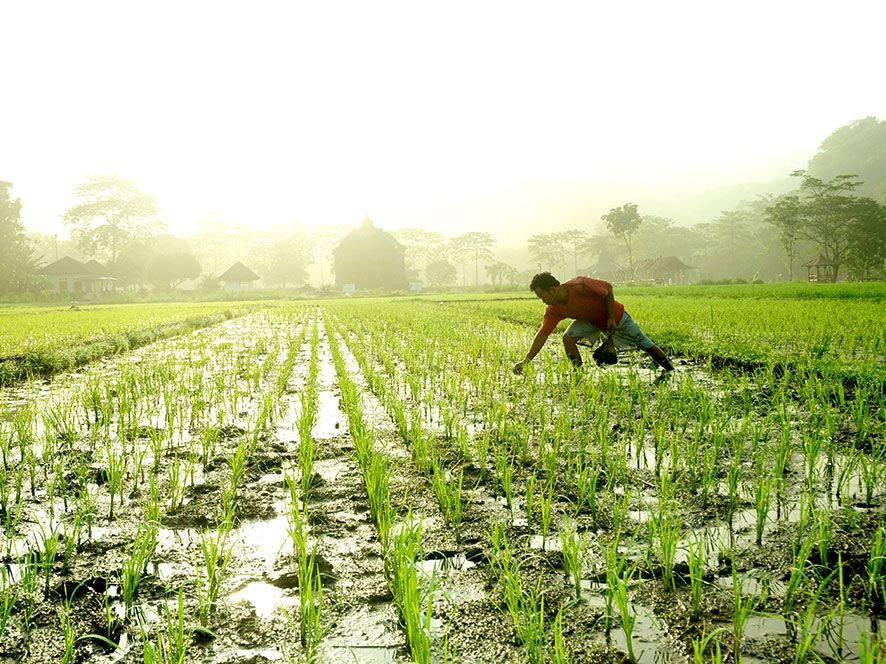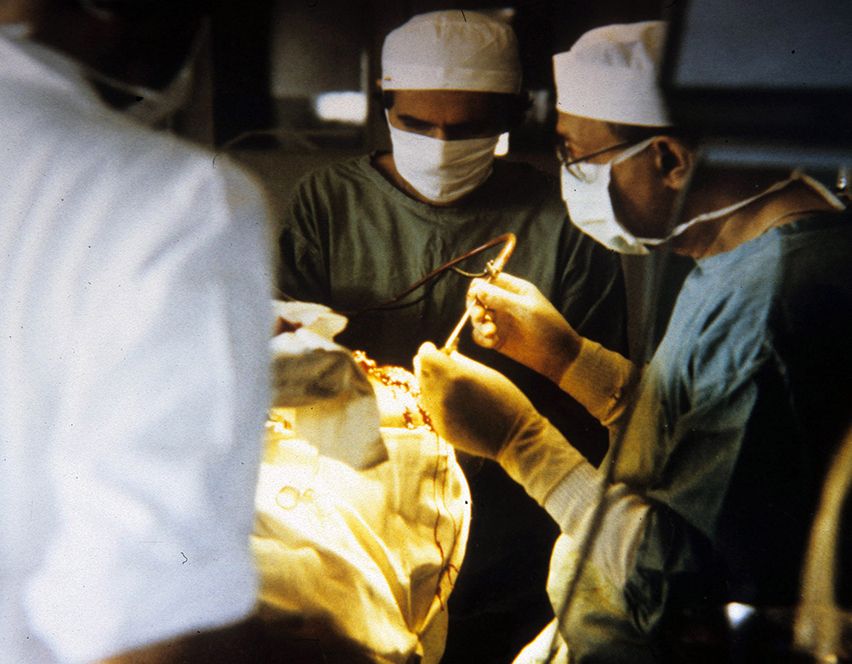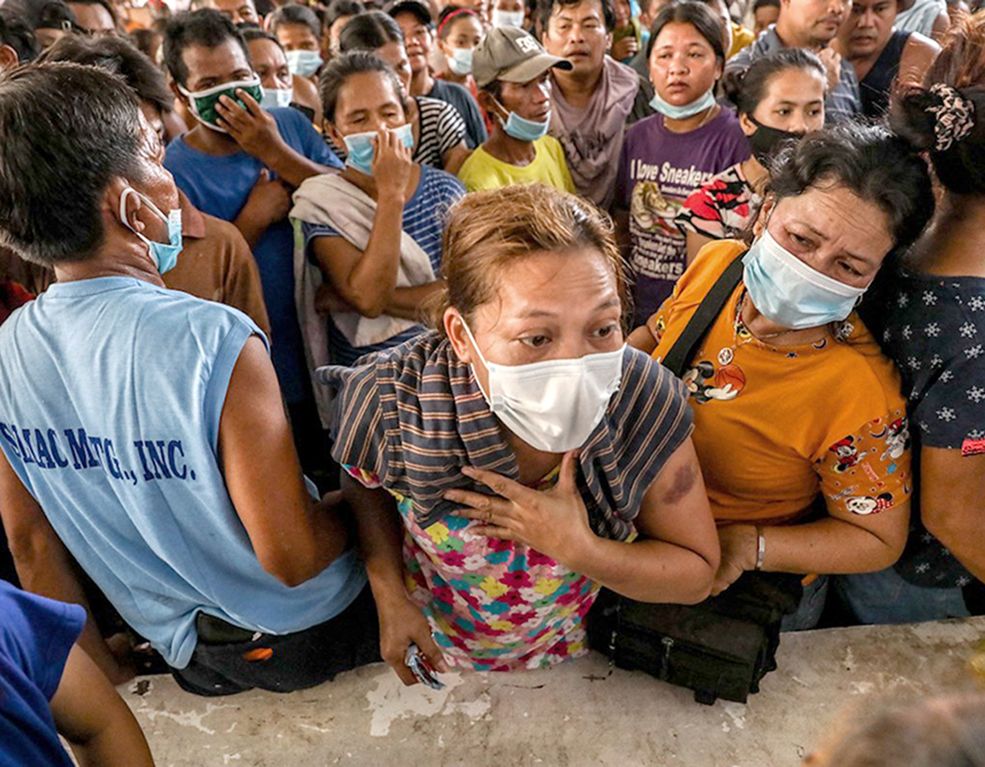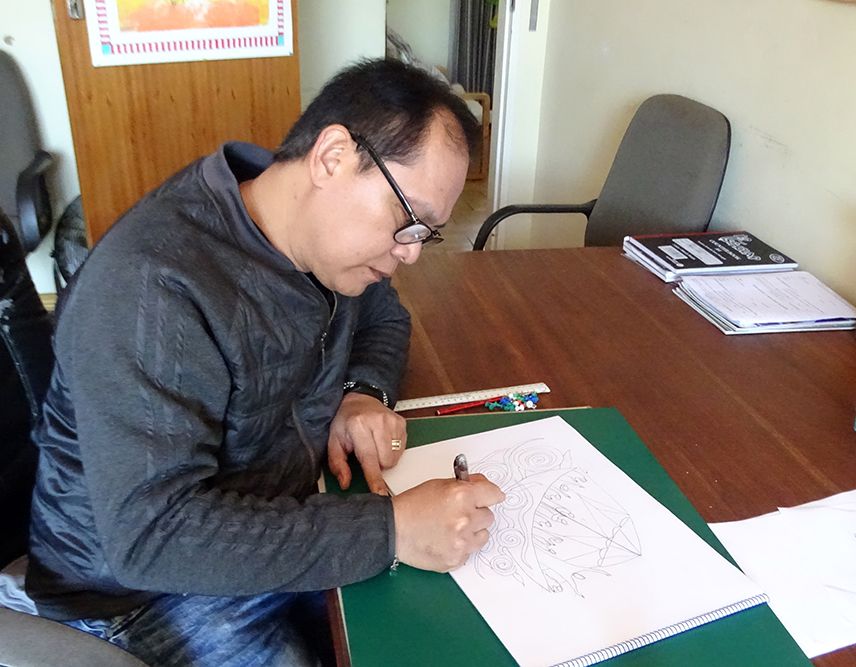San Martin de Pangoa is a district of the province of Satipo, located in the Central Selva of Peru. The majority of its inhabitants include members of the Ashaninka and Nomatsiguenga indigenous ethnic groups and a smaller number of settlers.
The main occupation in this area is agriculture and coffee. Cocoa, oranges, pineapples and other tropical fruits are also cultivated. The land is fertile and irrigated by large rivers.
Father Percy Carbonero, a Peruvian Comboni missionary, tells us: “The parish is dedicated to St. Martin de Porres and covers practically the whole region of St. Martin de Pangoa. Our work consists mostly of accompanying the Christian communities scattered throughout the territory. This involves the formation of leaders and the preparation of children for the sacraments”.
Fr. Percy shows us a map of the territory, saying: “The sheer size of the parish is a huge challenge in itself. The district of Pangoa includes 300 villages. There are inhabited centers and indigenous communities that we can reach only after an eight-hour journey by boat.”
Emergency Area
“This is considered an emergency area because of the drug trade and the continuing existence of the terrorism of Sendero Luminoso,” Fr. Percy comments. “This is the reason why there are so many military bases along the rivers”.
Father Randy Recalde, a Filipino Comboni missionary, continues: “This is the second largest area of coca cultivation in the world. The activity is controlled by drug traders. The farmers prefer to grow coca because it requires very little labor, unlike tropical fruit that is often attacked by parasites that destroy the fruit completely.”
In the eighties and nineties, terrorist groups like Sendero Luminoso entered this territory, burning houses, killing the local authorities and abducting boys and girls. A large number of religious people were ordered to leave the area. There were also martyrs among the Christian leaders who gave their lives for the faith.
Fr. Randy describes the situation today: “Sendero Luminoso continues its presence in various remote areas of the region. It is the only terrorist cell active here, killing indiscriminately and abducting people. We have the testimony of people who managed to escape from the group and their accounts are horrific. The Sendero people offer protection to the drug traders to control the cultivation of coca and the production of cocaine. In exchange, they receive arms and communication systems”.
“Another problem is that of the environment”, Fr. Randy continues. “The valley of the Apurimac River produces a lot of cocaine and the river is badly polluted. When the coca leaves are soaked in tanks and the chemical has been extracted, the water enters the small streams that become loaded with heavy metals. These streams reach the Apurimac River and contaminate it”.
Progress In Evangelization
Even though the Nomatsiguengas have suffered much violence, they have welcomed and accepted the presence of the missionaries. From the point of view of evangelization, this group has made significant progress in the past ten years. This progress is confirmed by the fact that the New Testament has been translated into the Nomatsiguengas language.
Fr. Percy points out: “The more time we spend with these indigenous people, speaking their language and coming to know their traditions, the more we are convinced that these ethnic groups, despite their long drawn-out sufferings, are open to the Gospel. It is up to us to present it in the ways and times of these peoples. We must not be in a hurry, but we must walk with them. We must walk at their pace also in condemning the abuse that they are suffering at the hands both of Sendero Luminoso and the military”.




























